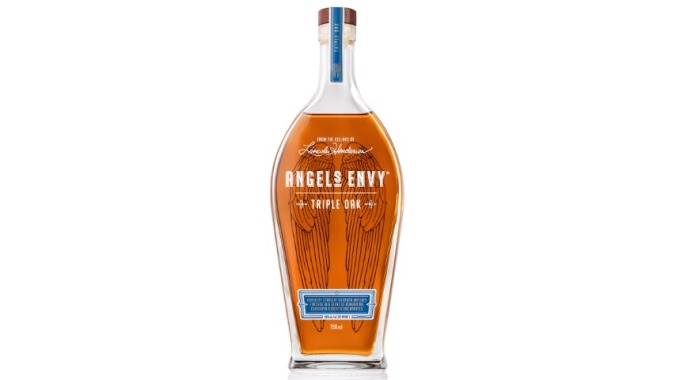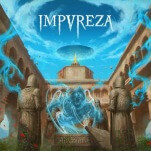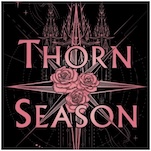Angel’s Envy Triple Oak Bourbon Review
Photos via Angel's Envy
There’s not really any doubt that as the practice of secondary maturation, or “barrel finishes” has become commonplace and widespread in the American whiskey world, that the Angel’s Envy brand has been one of the most visible and influential examples. Back in 2010, when the company began selling bourbon finished in port wine casks, such an extra step was seen as various shades of exotic or even sacrilegious–a perversion, some would have said, of the natural Kentucky straight bourbon whiskey order. Bourbon was a pretty staid corner of the whiskey industry, dominated by big, historic companies that preferred to largely keep doing things the way they had been done for decades or centuries. It was distilleries in the generation of Angel’s Envy that forced certain conversations into the public spotlight, and secondary barrel finishes was one of the most prominent. In the years since, the company has likewise debuted its flagship rye whiskey finished in rum casks, but hadn’t done a straight oak finish until now, with the arrival of the newest entry in its flagship Signature Series, Angel’s Envy Triple Oak.
Where the company’s original bourbon is famously influenced by port wine casks, and the rye reflects Caribbean rum, Triple Oak is more or less what it sounds like: Angel’s Envy Bourbon that is finished in three styles of newly charred oak casks before blending. Those styles are Chinkapin oak from Kentucky, joined by what the distillery amusingly and redundantly refers to in their press release as “Hungarian oak from Hungary” and “French oak from France,” in case you were wondering about the provenance of “French oak.” Triple Oak seeks to blend together the influence of each distinct style of oak to make a harmonious whole. The distillery doesn’t provide a lot of specifics about how those barrels were treated, but I am assuming that each was charred, as the company probably would have played up the “toasted” angle if they had all merely been toasted and not charred. This is meant to be a major, permanent release–the third entry in Signature Series, which means the company probably has pretty high hopes for the brand.
Regardless, the resulting whiskey should be pretty accented with oak, and weighs in at a moderate 46% ABV (92 proof). It carries a $75 MSRP, which is notably higher than the flagship bourbon, but perhaps a touch lower than the more expensive rye whiskey. So with that said, let’s get to tasting this new expression.
-

-

-

-

-

-

-

-

-

-

-

-

-

-

-

-

-

-

-

-

-

-

-

-

-

-

-

-

-

-

-

-

-

-

-

-

-

-

-

-








































